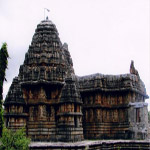
Someshwar Temple
The fabled Temple of Somnath stands 6km east of Veraval and is nearly 80km from Junagarh. Somnath is one of the most revered shrine in the country, for it has one of the twelve pre-eminent Jyotirlingas which hold a special significance for the Hindus. Read More
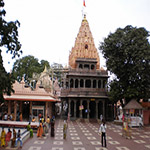
Mahakaleshwar Temple
One of the 12 Jyotirlingas in India, the lingam at the Mahakal is believed to be swayambhu (born of itself), deriving currents of power from within itself as against the other images and lingams which are ritually established and invested with mantra-shakti. The idol of Mahakaleshwar is known to be dakshinamurti, facing the South. Read More
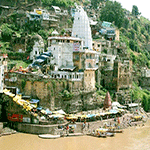
Omkareshwar Temple
The temple is built in the North Indian style of architecture, with high spires. The soft stone of which it was constructed has lent its pliable surface to a rare degree of detailed work, of which the frieze figures on the upper portion is the most striking with the stone roof of the temple being intricately carved also. Read More
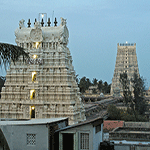
Rameshwar Temple
The temple is situated on the eastern coast. It is a huge structure with three parakaramsand several mandapams with mini shrines to other deities. There is a huge Anjaneya in a mini shrine. There is a huge Nandi measuring 12 feet in length and 9 feet in height., with the idols of Viswanatha Naicker and Krishnama Naicker. Read More
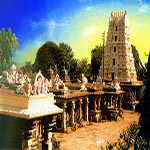
Mallika Arjun Temple
The hill temple looks like a large fort and is known for its wealth of sculptures. There are rows of sculptures on the walls, giving one the impression of a gallery. Then there are a large number of bass reliefs, which are a symbolic representation of the various legends. Read More
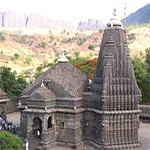
Trimbakeshwar Temple
Tryambakeshvar literally means the abode of the three eyed one i.e. Lord Shiva, is one of the twelve Jyotirlingas(self emanated lingas). It is situated in the eastern spur of the Sahyadri and is 30 Kms. away from the pilgrimage center, Nashik. It is also a place of origin of Godavari. Read More
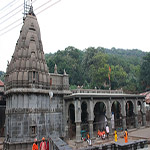
Bhimashankar Temple
Bhimashankar, one of the twelve Jyotirlingas, can certainly be termed as a Pilgrim Paradise. The dense forests surrounding the high ranges also play an abode to the rare species of flora and fauna. Situated at the extreme end of the Sahayadri Ranges, this place gives a wonderful view of the world around you, the forts, the rivers and the hill stations around. Read More
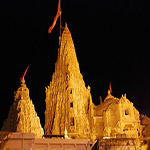
Nageshwar Temple
The jyotirlinga enshrined in the temple of Nagnath is known as Nageshwar Mahadev and attracts thousands of pilgrims all round the year. This powerful jyotirlinga symbolizes protection from all poisons and those who pray to the Nageshwar Linga therefore become poison free. This Sivalingam is facing South, with the Gomugam facing East. Read More
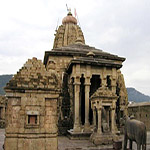
Baijnath Temple
The temple of Baidyanath faces the east and is a plain stone structure with a pyramidal tower which rises from a square base to a height of 72 feet from the ground. To the east of the northern verandah of the temple there is a large vat into which flows the water and milk offered as ablution. The lingam is of a cylindrical form about 5 inches in diameter and projects about 4 inches from the centre of a large slab of basalt. Read More
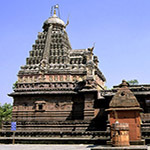
Grishneshwar Temple
Grishneshwar is an ancient pilgrimage site revered as the abode of one of the 12 Jyotirlingas of Shiva. It is located at a distance of 11 km from Daulatabad near Aurangabad in Maharashtra. The Lord is also known by several names like Kusumeswarar, Ghushmeswara, Grushmeswara, Grishneswara. Read More

Vishwanath Temple
Lord Shiva to emanate in his blazing linga form. Here he is known as Vishwanatha, the Lord of Universe.This city is also known as Varanasi as it is located between the two rivers Varana and Asi. The importance of this place lies in the fact that it encompasses one of the twelve Jyotirlingas in its folds. Read More
Kedarnath Temple
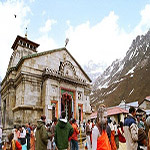
Kedarnath is one of the twelve Jyotirlingas. This ancient and magnificient temple is located in the Rudra Himalaya range. This temple, over a thousand years old is built of massive stone slabs over a large rectangular platform.Ascending through the large gray steps leading to the holy sanctums we find inscriptions in Pali on the steps.Read More